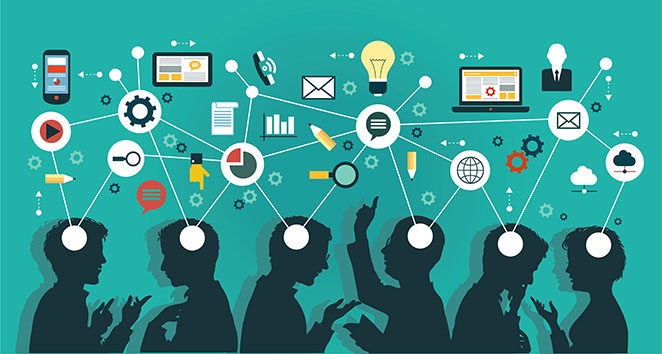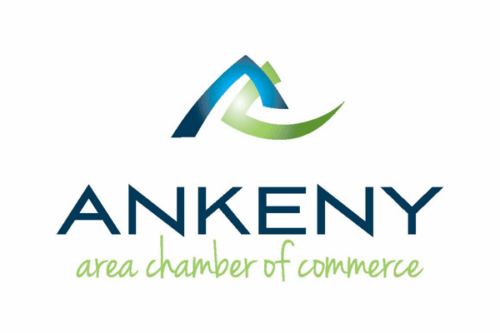We all know that running a conference takes a lot of time, money, and energy. But running your conference so that you’ll get maximum engagement is a whole other level. So, what’s the trick? You need to remember to tailor your conference so it’s not a “one-size-fits-all” for your attendees!
In 1983, famous psychologist Howard Gardner published a theory of “Multiple Intelligences” stating that we need to stop evaluating intelligence by one standard method (e.g. standardized testing). Instead, he suggests that intelligence can be received and processed in a variety of styles. What does this mean for you? We recommend that you have a range of learning styles to meet the needs of your different attendees. As the conference organizer, you’ll want to create strong educational sessions to foster learning.
To help, we’ve listed the seven unique learning styles (a.k.a. intelligences) that will allow you reach to your attendees mentally and bring them back for more!
1. Visual/Spatial Learners
These learners are great observers and naturally think in images. Generally, they will be drawn toward any visual displays, such as posters, clips, and patterns, to better absorb content.
Tips:
- Don’t abandon the tried-and-true PowerPoint presentations. While these presentations might have become routine, their visual appeal makes it clear why they’ve become a standard in the industry.
- Encourage your presenters to include mind-maps, as it will allow attendees time to put their ideas into words for better memory retention.
2. Auditory/Musical Learners
You’ll notice these attendees learn best when listening to a step-by-step process. These learners are typically described as great listeners and they create mnemonics to retain information.
Tips:
- Record your sessions so these learners can go back and re-listen to information they missed out on the first time.
- Try to limit any unnecessary background noise as it can be very distracting for these attendees who need a quiet setting to concentrate.
3. Verbal/Linguistic Learners
These types of learners do best in a traditional classroom setting. They enjoy listening to information and then discussing the content to further cement their understanding of the topic.
Tips:
- Encourage your attendees to ask questions (it’s how they learn!). With Google Slides, you’re able to start a live Q&A session with your audience during a presentation. This allows for them to deepen their interaction with the speaker to encourage rooted learning.
- Provide transcripts! Some learners enjoy reading these logs to evaluate information and keep for future review.
4. Physical/Kinesthetic Learners
These learners can be easily distracted and they like to move. You’ll observe that these attendees are active learners who appreciate hands-on activities to feel and experience the information.
Tips:
- Ask your presenters to include movement in their sessions! See if you can get your attendees to sit or stand to show agreement in a session.
- Wake up your attendees by having them pick up and move seats after a session begins. While it may annoy some folks, this movement will allow for attendees to redirect their energy to others in the crowd.
5. Logical/Mathematical Learners
To appeal to these learners, you’ll need to create a systematic lesson that shows cause and effect. These attendees will generally be analytical in nature and appreciate reviewing data to get a clearer grasp of the subject.
Tips:
- Don’t underestimate the power of a good graph. These learners will welcome the chance to compare and contrast the facts to see what fits into their pre-existing understanding of the topic.
- Encourage your presenters to include some case studies to back up their data. Logical learners love nothing more than some good ole’ fashioned scientific methodology.
6. Social/Interpersonal Learners
You’ll rarely have a hard time identifying these types of learners. Social learners typically do best when interacting in a group dynamic and retain information by talking it out.
Tips:
- Provide these attendees the chance to spread their wings and network their hearts out. By arranging off-site outings, you’re providing your attendees a foundation for easy conversation.
- Make sure you are arranging a one-on-one mentoring program for your attendees. Allowing for your attendees to learn from one another encourages open-ended questions and guides deeper discussion and learning.
7. Solitary/Intrapersonal Learners
These types of learners typically keep to themselves and stray away from voluntary participation. Since you’ll often find these attendees keeping solo, don’t sell them short as it’s easy to think they are reserved or indifferent.
Tips:
- Create solo work stations for these attendees who would rather remain solitary. It will allow for them to take the time they need to process instead of stressing over finding a quiet place to work.
- If you are doing group discussions in your sessions, encourage each group to have distinct roles. By having everyone play a part, it will encourage your solitary learners to participate in the exchange.
Remember that while we don’t all learn the same, most of us use more than one learning style. It’s important to not put any of your attendees in any single box, but instead foster an environment for all. Because people learn from a variety of methods, we encourage you to cover the whole spectrum of learners to get the most of out of your attendee engagement!
Educational session types are just one part of the event planning process. If you want more tips for planning your next event, take a look at our Association Event Planning: The Complete Guide.















